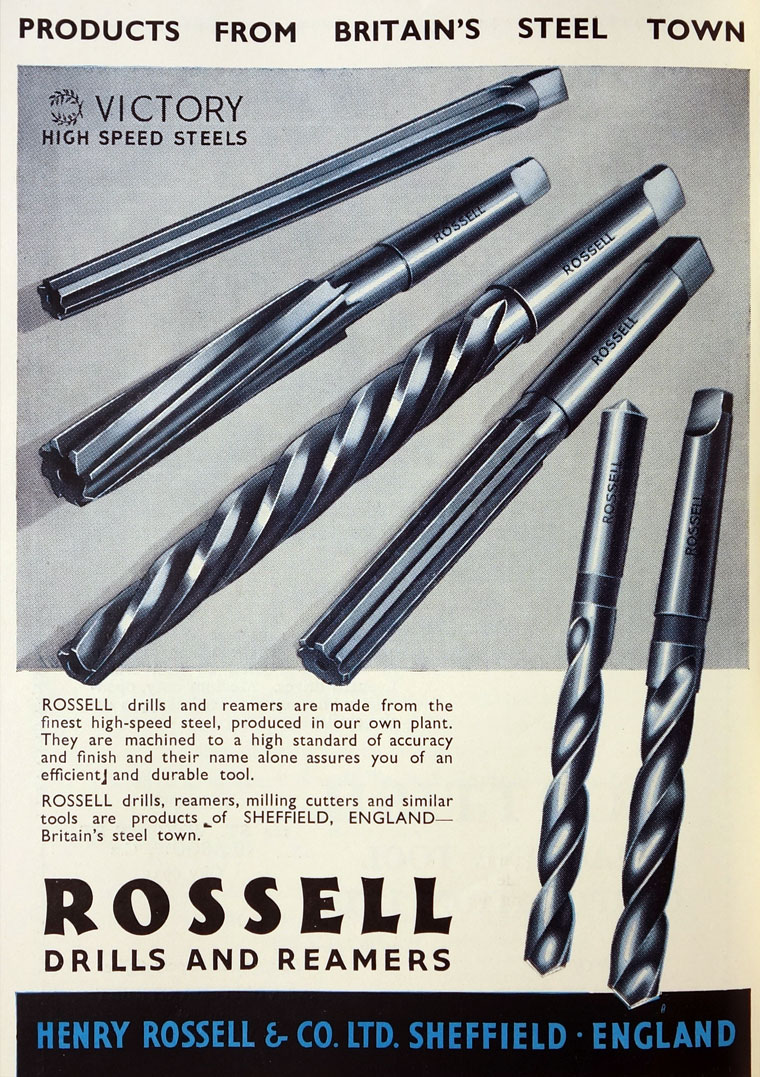Argus
Established Member
I have recently come across a wide gouge, which sharpens and uses very well better - than I expected.
The name 'Victory Brand' is stamped just below the shank, but I must confess that I've never heard of them. The maker is a mystery to me and there's nothing that I can see on this barnd in the usual references.
Is anybody the wiser? I'm assuming that it was a 'budget' brand, even though, as I said it sharpens and works very well.
The name 'Victory Brand' is stamped just below the shank, but I must confess that I've never heard of them. The maker is a mystery to me and there's nothing that I can see on this barnd in the usual references.
Is anybody the wiser? I'm assuming that it was a 'budget' brand, even though, as I said it sharpens and works very well.






































